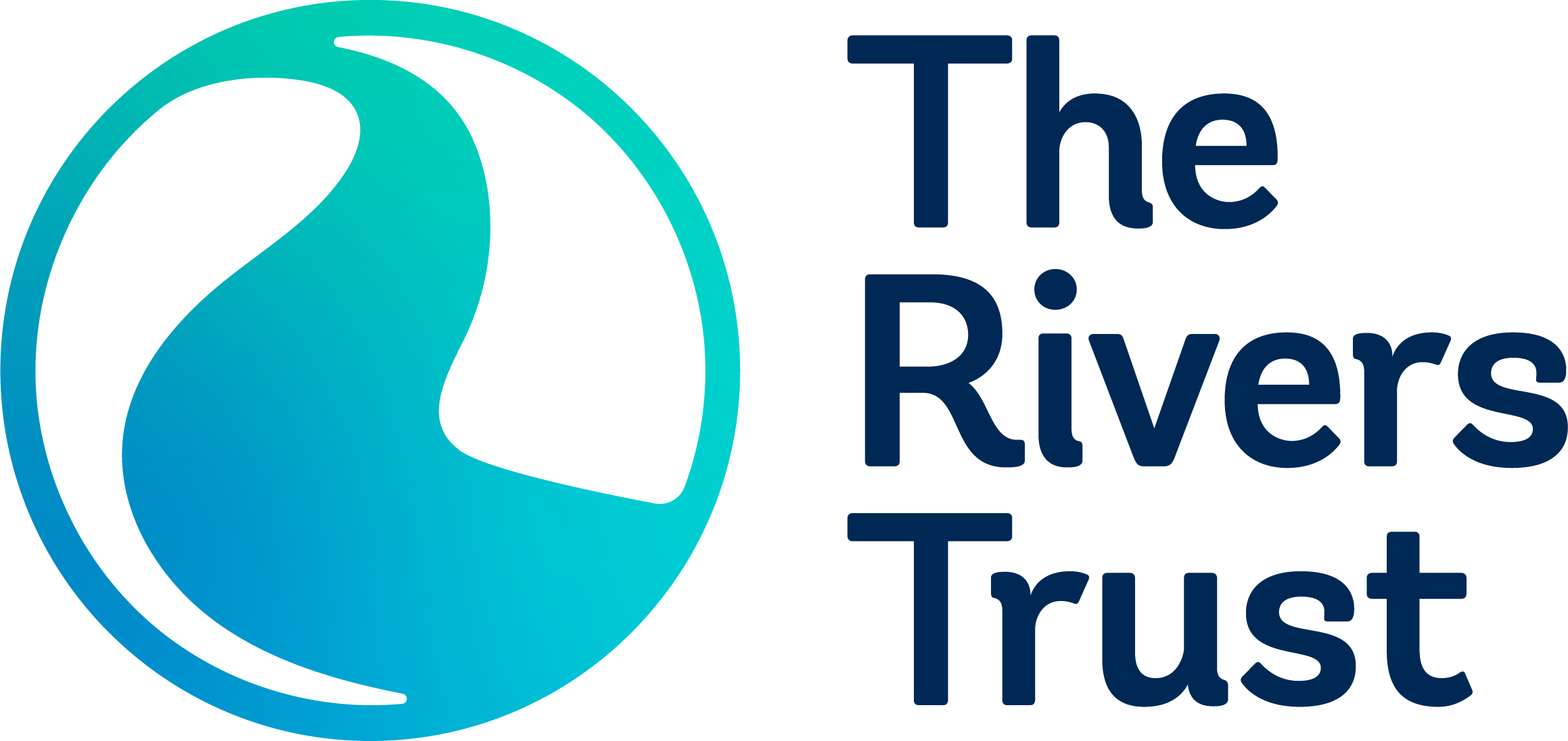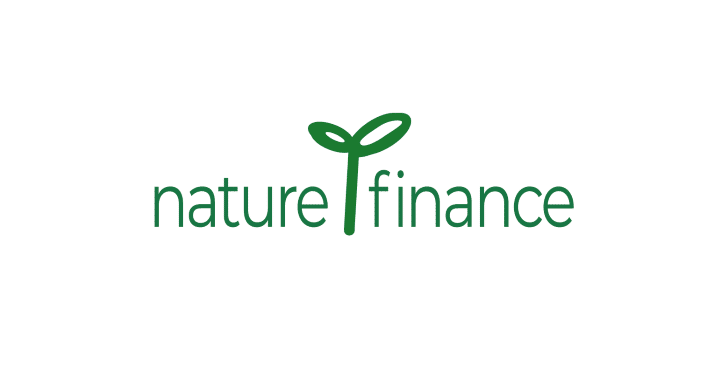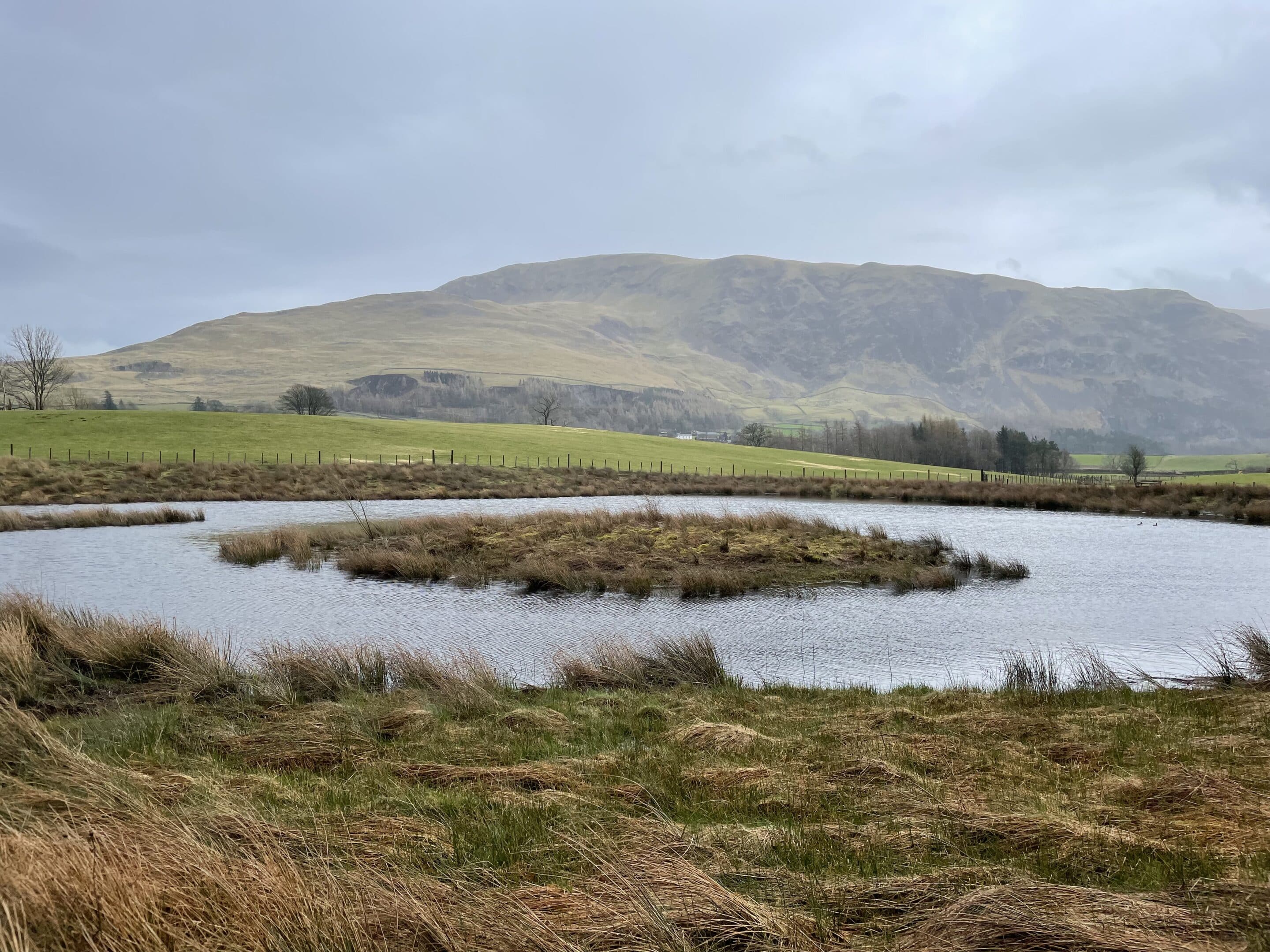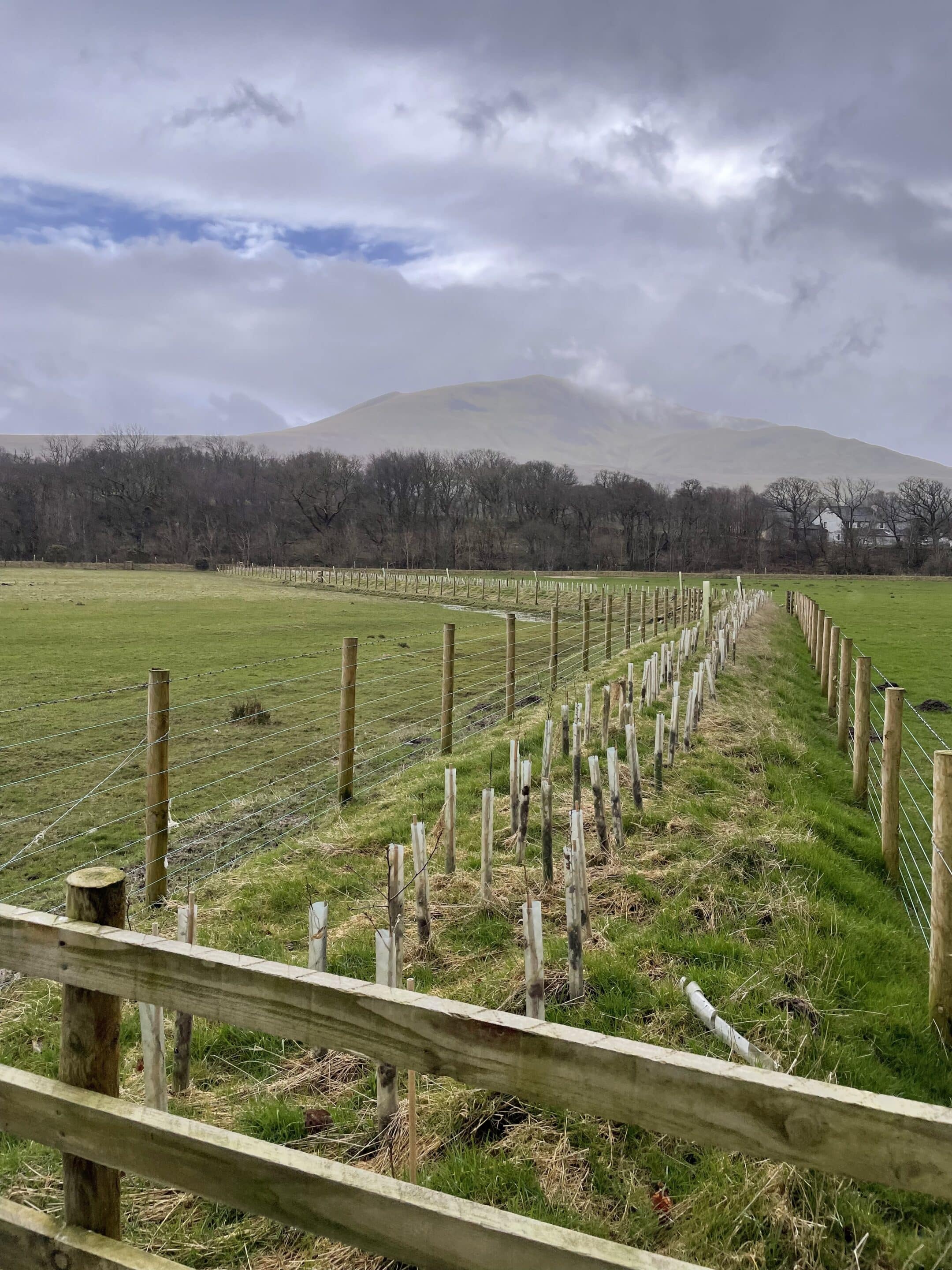- Groundwork
- Market Engagement
- Groundwork
- Market Engagement
Summary of the Resilient Glenderamackin Project
The Resilient Glenderamackin project is a catchment based natural flood management project that is working with farmers to mitigate flood risk in West Cumbria. The catchment consists of upland beef and sheep farms across owned, tenanted and common land, and covering a catchment of 14,200ha. West Cumbria Rivers Trust (WCRT) received funding from the Natural Environment Investment Readiness Fund (NEIRF) to explore how to create revenue streams through Natural Flood Management, with support from the Rivers Trust and Nature Finance. The project has applied to transition to Landscape Recovery, which will allow the project to access public money to support project development including developing a business model that could attract private sector payments for flood risk reduction. WCRT have taken on the running of the Glenderamackin Farmer group, made up of 24 landholdings across catchment.
Farm Profile:
- Location: West Cumbria
- Size of Land: 14,200 ha
- Farm sizes: 10 – 1000ha
- Tenancy & Ownership: small family farms, generational tenancies, a small number of large landowners and common land
- Nature Market Focus: Natural Flood Management
- Interventions: Pond & wetland creation; tree planting; restoring hedgerows; installing leaky dams and low bunds
- Project Partners: West Cumbria Rivers Trust, The Rivers Trust, Nature Finance
Acknowledgements
With many thanks for their time and insight on this case study:
Clair Payne, Project Officer, West Cumbria Rivers Trust
Dan Turner, Technical Lead, Land Management and Market Creation, & Tom Gall, Ecosystem Service Data Analyst The Rivers Trust
Dan Hird, Principle and Founder, Nature Finance
Date published: 19/11/2023
Key Takeaways
- The Glenderamackin Farmer Group is a continuation of an existing facilitation group in the area, previously run by Cumbria Farmer Network.
- Farmers in the Glenderamackin Farmer Group are interested in exploring private markets as a means to fill gaps left by the Basic Payment Scheme as part of their wider exploration of agri-environment schemes.
- The farmers set proposed hosting and maintenance payment rates by voting on each type of NFM intervention and then calculating the total income that a typical farm might receive.
- The Project’s initial funding came from a Natural Environment Investment Readiness Fund (NEIRF) grant, which was matched by Natural Course.
How is the Resilient Glenderamackin project working with the Glenderamackin Farmer Group?
The Glenderamackin project highlights the benefits of working with or building from existing groups in the area rather than starting from scratch. Prior to the establishment of the Glenderamackin Farmer Group, an existing farmer facilitation group in the area, run by the Farmer Network and supported by West Cumbria Rivers Trust had been running for three years.
Working with WCRT, through Defra NFM pilot funding, members of the group had delivered some natural flood management (NFM) projects already, including pond creation, planting bunded hedges across surface flow pathways, planting riparian trees and building leaky dams. Monitoring of these projects helped fill national evidence gaps in NFM and helped to build interest in NFM in the catchment, as well as understanding what might work in this landscape. Supported by WCRT, both the farmer group, and individual farmers, are looking to explore how NFM could generate financial returns and work alongside the farm business.
Farmers who are approached by an external actor to start an aggregation model will need to ensure that the interests and objectives of the farmers and the external advisors are aligned. Having worked with the facilitation group in the past, the WCRT had built trust with member farmers and were well-placed to present the opportunities offered by engaging in nature markets and alleviate any concerns. The WCRT and the farmers share the view that the project should be “locally targeted, locally owned and address local priorities.”
Why did the Glenderamackin farmers want to work together?
The Glenderamackin farmers decided to work together for three primary reasons.
- Filling income gaps
As the group is composed of primarily upland farmers, they were concerned that agri-environment schemes would be insufficient to fill income gaps left by the removal of the BPS. They are exploring how nature markets could present an opportunity to bolster income and improve business resilience.
- Landscape Recovery
There was an opportunity for the farmers to support a catchment application to the Landscape Recovery Scheme as a pilot project which would give them access to funding and offer an opportunity to feed into policy development.
- Supporting nature friendly farming
The group are interested to understand how interventions on their land and changes to their land management practices can collectively improve landscape resilience to predicted future climate change whilst supporting nature friendly, sustainable farm businesses.
How is the Resilient Glenderamackin project organised?
The Glenderamackin group has taken the form of a Community Interest Company (CIC). Farmers decided on this model as it allows them to have involvement throughout the lifetime of the CIC’s projects and utilises an ‘asset lock’ that ensures no entity is profiting from the activities of the group but rather, the assets are retained or used for the further benefit of the community. You can read more about the different legal entity types that farmers can use in Milestone 6.
The Glenderamackin Farmer group, is currently funded through the Lake District National Park’s Farming in Protected Landscape scheme, it has a core sub-group of 15-24 farmers who attend regular meetings and engage more actively. The group feed into the Resilient Glenderamackin technical and project development work through WCRT. The group’s facilitator keeps members informed through regular meetings and communication.
How is the Resilient Glenderamackin project funded?
Prior to the project being ready to sell flood mitigation to buyers, the group had administrative and project development costs that were funded through the Natural Environment Investment Readiness Fund (NEIRF), and matched by Natural Course. This funding paid for the project manager and project officer from the WCRT and the group’s external project advisors. The group aims to transition to a Landscape Recovery agreement with the remainder of the project delivery costs expected to be covered by the sale of flood mitigation.
The project team approached the Glenderamackin farmer group to give them to opportunity to help set prices and types of projects they would be willing to deliver. The final prices are still to be agreed when the sale of flood mitigation is undertaken.
To model potential revenue, the group created a hypothetical ‘model farm’ that represented the average conditions of the member farms. A variety of interventions were assigned to the model farm and a baseline cost was calculated. The group then discussed each intervention in turn, voting on prices they would accept for the interventions until they reached agreement. Once consensus was reached, the group then calculated for the same model farm what the expected revenue would look like per farm. Each intervention attracts a different rate which was based on existing Countryside Stewardship payments, expected land use change and amount of maintenance required (with additional top-ups for biodiversity and permanent water storage). The group was invited to consider what this would mean for their farm business. WCRT will carry out one-to-one farm visits to work with the farmer to understand what they could deliver on their land to contribute to the project.
The group used average Basic Payment Scheme (BPS) payments to calculate whether the agreed prices would fill the income gap left by BPS – in many cases, it appears the rates will exceed the income loss.
Lessons Learned
-
- Timeline
The time it takes to implement and develop a business case and financial model is considerable. The NEIRF funded portion of the project took 15 months to complete, not including the time it took to plan for and apply to the programme.
- Working together
Setting up an aggregation group that brings together farmers and external organisations will take time, consistency, and compromise to build and maintain trust and to move the project forward. The Resilient Glenderamackin project takes an open book approach to communication to ensure that all parties are aware of how the project is progressing and have opportunities to make their voices heard.
- Balancing needs
The Resilient Glenderamackin project will impact various stakeholders with different needs. The project needs to find ways to balance landscape needs, farmer needs, cultural needs, and business needs in this protected landscape to bring the project to the delivery stage. This has taken robust planning and a lot of compromise to determine how to deliver priority environmental outcomes while ensuring the projects are commercially viable.




